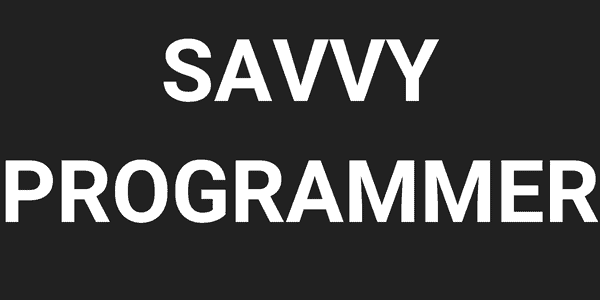The tech industry is arguably one of the most competitive places to work in due to all of the different job opportunities available and the constant search for talent. Every company is looking for new rockstar coders with brilliant ideas and outstanding skills, and you could be the next big thing in the industry if you have the confidence and ability. But it’s vital that you learn to showcase it, and we’re going to give you some tips on how to do just that.
Decide how you’re going to host your portfolio
There are many different ways to host your portfolio. You could host it on your own server at home, or you could do what most people do, which is register for some kind of website host. This is the easiest option by far and you have many different choices such as WordPress, Squarespace, or even GitHub. It’s also a good idea to register for a short and snappy domain name, such as www.yourname.com to make it easier for people to remember where they can find your portfolio, and also for a touch of professionalism.
Make sure your website has a responsive design
Responsive design is a term used to describe websites that adapt to the screen size and device that they’re being viewed on. The ideal website for a mobile device is vastly different from what desktop users prefer. Luckily, most website hosts and builders have options for this, meaning your website will automatically be converted into a mobile-friendly version if viewed on the correct device. It’s worth visiting your portfolio website on multiple devices just to ensure that the experience is consistent across all platforms.
Have clear intentions with your portfolio
Don’t be vague in your descriptions. Be clear about what it is that you want and respect the time for recruiters. Are you making a portfolio because you wanted to be hired as a consultant or a freelancer? Or are you looking to work for another company? Tailor the content of your portfolio to that of your goals and your portfolio will be far more successful.
Make sure to write an “About Me” section
Your portfolio needs to include a personal section that introduces yourself to potential clients or employers. Talk about your background briefly, then cover things such as your skills, interests, passions, and so on. Just don’t drag on with this–make it short and concise to leave a good impression.
Highlight all of the important information
If there’s anything important in your content, make sure it’s highlighted in a clean and visually-appealing way. For example, highlight or bolden the types of skills that you have, or make code snippets and past projects stand out with different text.
Display your contact details
Don’t make it hard to contact you. Include your information on every page and make sure you have everything from your email address to social media pages. Consider adding things like your GitHub profile too so that people can see what you’ve been working on.
Conclusion
Need more inspiration? Take a look at some of these developer portfolio examples for some ideas on how to design a beautiful yet simple portfolio.




